They develop phonological awareness, noticing and discriminating rhymes, generating rhyming words, and recognizing alliteration. Moreover, children demonstrate knowledge of the alphabet by identifying and naming letters, recognizing letters in their own name, and identifying letter-sound correspondences. They also exhibit an understanding of print concepts, such as book orientation and recognizing familiar books by their cover.
Furthermore, children comprehend and respond to texts by interacting during reading experiences, asking and answering questions about the text, and identifying story-related problems and resolutions.
Additionally, children show emergent reading skills by pretending to read, describing actions across pages, and retelling stories with adult prompting. They also develop writing skills, writing their name, forming mock letters, and using drawings, dictations, or early invented spelling to convey messages.









